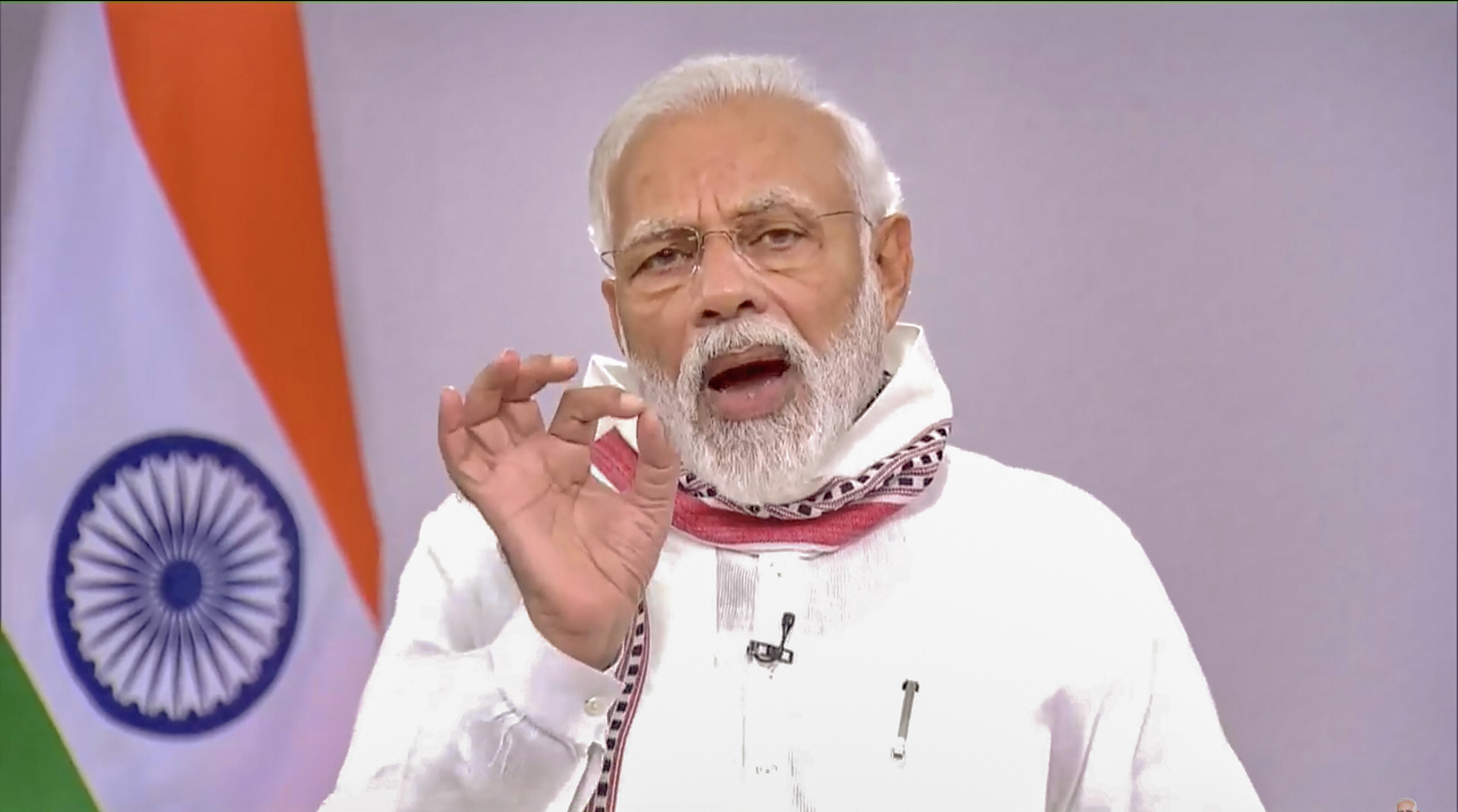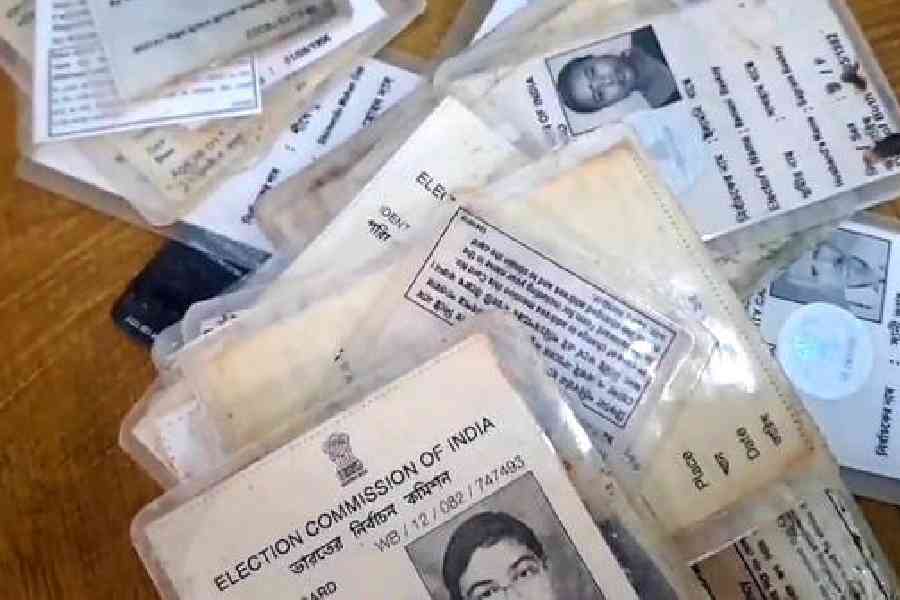The Narendra Modi government has a surfeit of advice from economists and industry mavens on how it should deal with the coronavirus-induced crisis as it prepares to take its first stab at relaxing lockdown restrictions after April 20. April, T.S. Eliot had noted, is the cruellest month. The truth of that assertion will mock the best efforts of every corporate shogun, retail shop owner and sharecropper who strives to “breed lilacs out of the dead land” with no help from a government, which persists in lacing empty rhetoric with dogged fiscal policy paralysis. Experts have advised the Centre to abandon its knobbly faith in fiscal rectitude when a storm is blowing around its head. But the government will not increase its spending. It will not put together a stimulus package of tax breaks and other incentives that industry desperately needs. It refuses to raise its borrowings or rummage for money in its treasury while obstinately placing its faith in monetarist solutions to tackle the woes of an economy sinking to its slowest growth rate in over five decades.
The Reserve Bank of India was forced to leap into this indecisive vacuum with a slew of announcements that it hopes will grease the engines of growth. The core of Mint Street’s strategy is to force banks to abandon their lazy banking approach of funnelling money raised from new borrowing windows back into the central bank’s coffers. The decision to cut the reverse repo rate by another 25 basis points to 3.75 per cent — widening the corridor with the policy rate to 65 basis points, a level not seen since April 2016 — is designed to nudge banks to lend more to businesses. The RBI governor, Shaktikanta Das, threw out a number that should shame and shake banks out of their risk-averse somnolence. The banks parked Rs 6.9 trillion worth of surplus funds — just over 3 per cent of the Rs 224.9 trillion projected nominal gross domestic product in this fiscal — at the end of April 15. The sum is greater than the size of the stimulus package that industry has been demanding from the government. But it would be Panglossian to expect this cash to be suddenly routed to businesses.
The move to relax bad loan recognition rules for incipient default accounts is a step in the right direction. Banks will be able to stave off a blotch on their books. The downside is that they will be forced to make higher provisioning against these accounts. This, in itself, will limit fresh loans to only the most creditworthy borrowers. The new Rs 500-billion borrowing hatch that the central bank has opened for lending to shadow banking entities and micro finance institutions looks good on paper. But will the money flow to small businesses? It will be more important to see whether these crisis-wracked entities win a moratorium on past loans that they were denied in the March 27 policy. But the point is that two horses — fiscal and monetary — are needed to pull the dray that represents the Indian economy.










